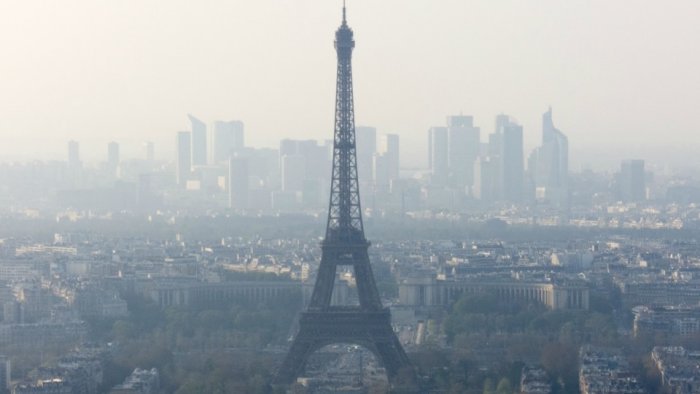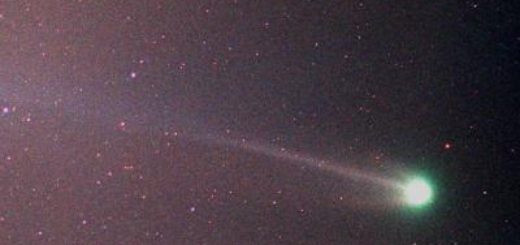Ice Dating From The Black Death Reveals Europeans Have Polluted The Air Almost Uninterruptedly For 2,000 Years
– A group of historians and climate scientists challenge assumptions that widespread environmental pollution began with the Industrial Revolution in the 1700s and 1800s.
By examining ice from the time when the Black Death struck Europe, researchers found evidence that Europeans have polluted the air almost uninterruptedly for 2,000 years.
In the 14th century, when the Black Death swept across Europe millions died. The effect of the fatal disease is visible in ice that formed during that time, according to a new study conducted by researchers from the Harvard University and the Climate Change Institute at the University of Maine.

“In different parts of Europe, the Black Death wiped out as much as half of the population. It radically changed society in multiple ways. In terms of the labor force, the mining of lead essentially stopped in major areas of production. You see this reflected in the ice core in a large drop in atmospheric lead levels, and you see it in historical records for an extended period of time,” Alexander More, a postdoctoral fellow in Harvard’s History Department and the Initiative for the Science of the Human Past said.
Black Death did not only kill people, it also brought lead smelting, among many other commercial activities, to a halt. Ice core lead taken from a glacier in the Swiss-Italian Alps with highly detailed historical records reveal that lead mining and smelting plummeted to nearly zero during the plague years of 1349 to 1353.
“These new data show that human activity has polluted European air almost uninterruptedly for the last [about] 2,000 years,” the study’s authors say. “Only a devastating collapse in population and economic activity caused by pandemic disease reduced atmospheric pollution to what can now more accurately be termed background or natural levels.”
The new research shows that lead from mining and smelting — which has occurred for thousands of years — was detectable well before the Industrial Revolution, and that only when those activities were essentially halted by the plague did lead pollution decline to natural levels.
The scientists focused on lead not only because it is a hazardous pollutant, More said, but also because it serves as a proxy for economic activity, ramping up when the economy is growing and tapering when it declines.
“Lead is one of the most dangerous pollutants in the air, and one we’ve mined for a very, very long time,” he said. “It was ubiquitous in the preindustrial world, widely used in construction, pipes, currency, and everyday utensils.”
This research will change our view of the air pollution in earlier times. It was previously thought that air pollution started in eighteenth and nineteenth centuries, but apparently there is no such thing as a natural concentration of lead in the atmosphere and people in Europe have polluted the air for 2,000 years.



 Creators of mankind
Creators of mankind Description of “Tall white aliens”
Description of “Tall white aliens” Where they came from?
Where they came from? About hostile civilizations
About hostile civilizations The war for the Earth
The war for the Earth “Tall white aliens” about eternal life
“Tall white aliens” about eternal life Video: “Nordic aliens”
Video: “Nordic aliens” Aliens
Aliens Alien encounters
Alien encounters The aliens base
The aliens base UFO
UFO Technology UFO
Technology UFO Underground civilization
Underground civilization Ancient alien artifacts
Ancient alien artifacts Military and UFO
Military and UFO Mysteries and hypotheses
Mysteries and hypotheses Scientific facts
Scientific facts


















